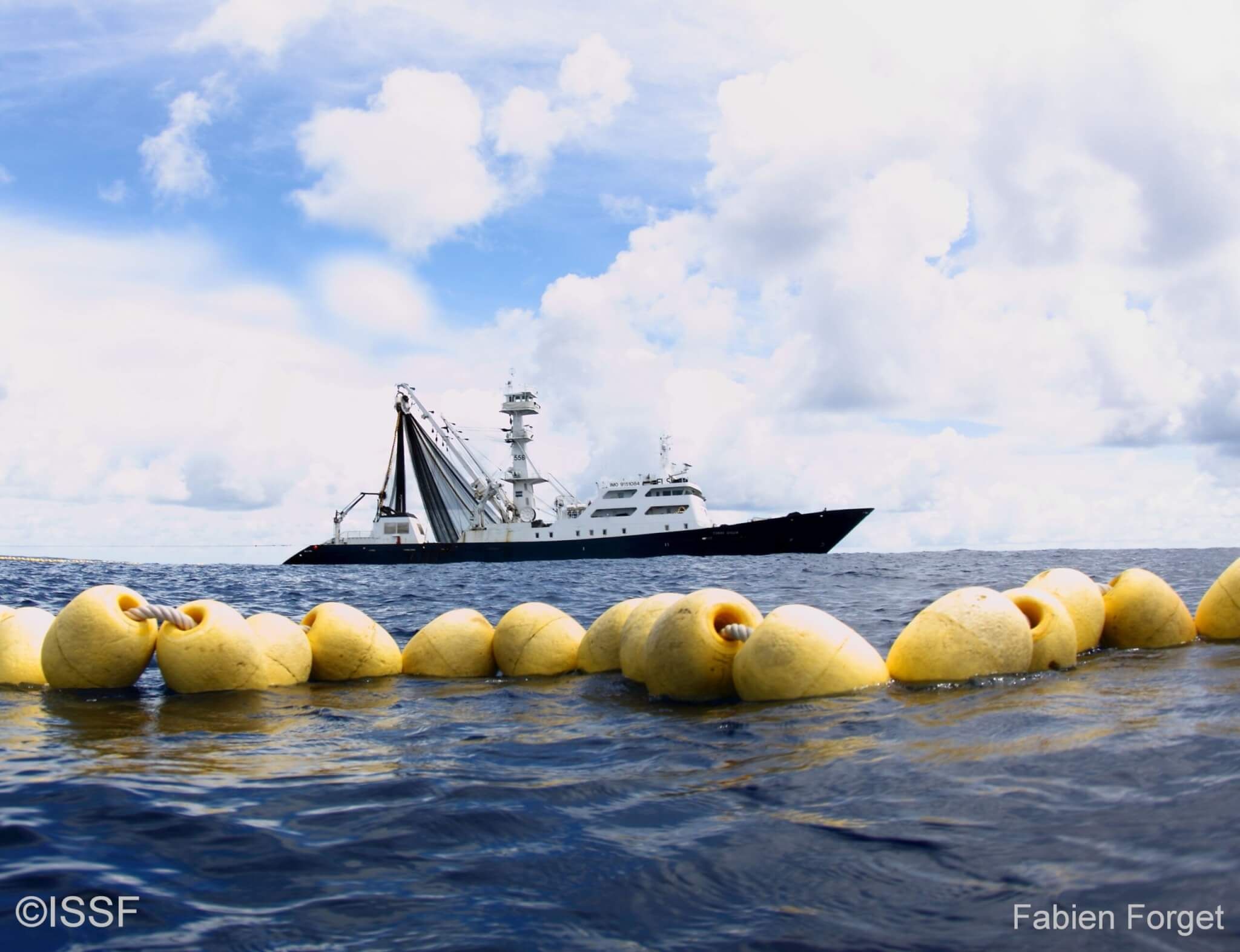Tuna RFMOs & Electronic Monitoring (EM) | How are RFMOs Embracing EM?
Featured Content
What is Electronic Monitoring?
An electronic monitoring system (EMS) is an advanced fishing-monitoring system installed in fishing vessels that integrates a set of components for continuously recording information during fishing trips. EMS largely consist of cameras integrated with GPS that register exact positions, and sensors that start recording when they detect specific actions on the vessels — such as setting or hauling fishing gear.
EMS, if properly installed and designed, can be considered a reliable and accurate method to estimate catches and monitor fishing activities onboard vessels. EMS can be valuable for science and compliance purposes.
Learn more by accessing relevant reports, op-eds, and infographics on our EM landing page on the ISSF website.
ICYMI
BLOG: Focused Effort by IATTC on Electronic Monitoring Brings Critical Progress, Sets Example for RFMO Negotiations
By adopting interim EM minimum standards, the Inter-American Tropical Tuna Commission (IATTC) is poised to improve monitoring levels — making more data available for scientific work and for assessing the implementation of management measures. More importantly, in swiftly and successfully tackling a complex problem, IATTC has demonstrated that the RFMO decision-making process can be both efficient and constructive. Now IATTC must dedicate resources and energy to the next phase of its work: promoting the value, implementation, and use of EM across the EPO.
IATTC is the third major tuna RFMO to adopt EM standards. The Western and Central Pacific Fisheries Commission (WCPFC) — which has an overlap in convention areas and vessels with IATTC — remains the only tuna RFMO without minimum EM standards. ISSF challenges WCPFC to join its peer tuna RFMOs by filling this important gap when the Commission convenes later this year.
Featured Graphic
In this infographic, ISSF benchmarks tuna RFMO requirements for observer coverage — including electronic monitoring (EM) — against best practices.
The infographic tracks priority areas for reform, indicating whether an RFMO has the priority reform in place, has a partial reform in place, or does not have a reform in place.
ISSF in the News
IATTC adopts electronic monitoring standards, improvements to compliance processes
Seafood Source
IATTC electronic monitoring ‘win’ welcomed
World Fishing & Aquaculture
The State of Tuna Fishing: What You Need to Know
Speak Up for Blue Podcast Network: How to Protect the Ocean Podcast



